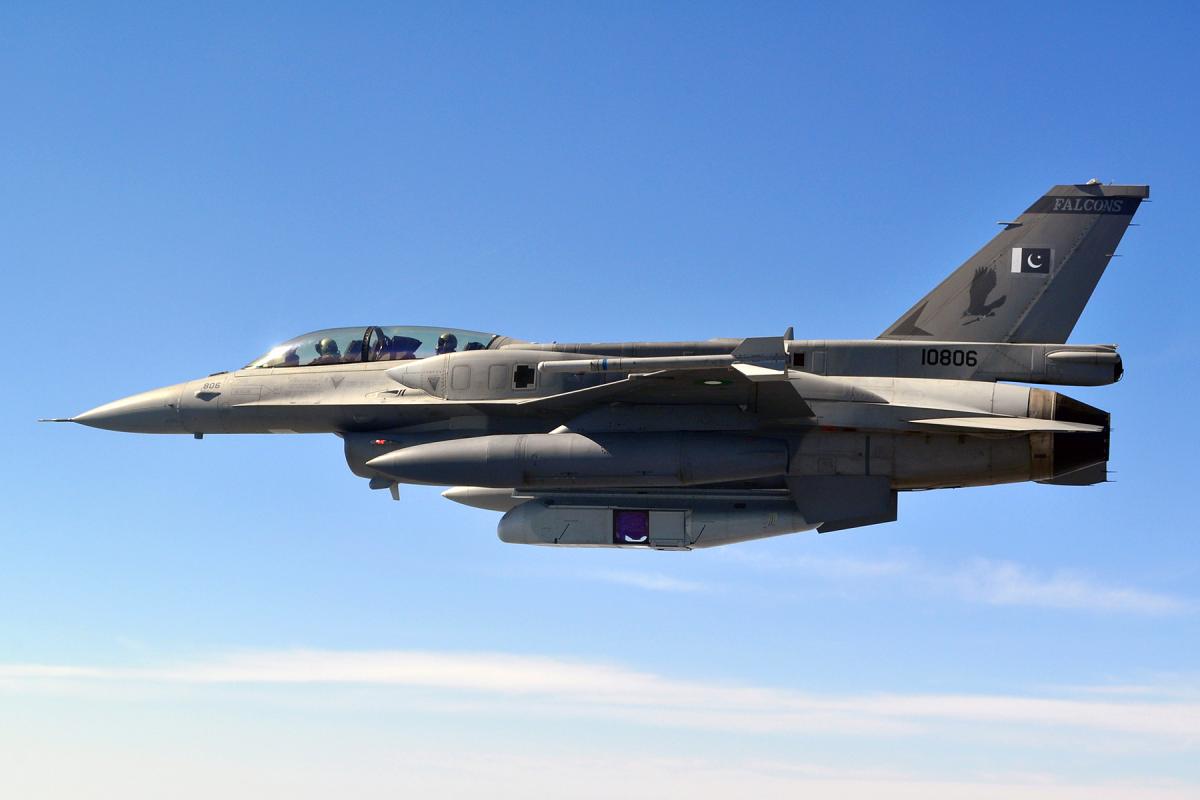2642Views 0Comments
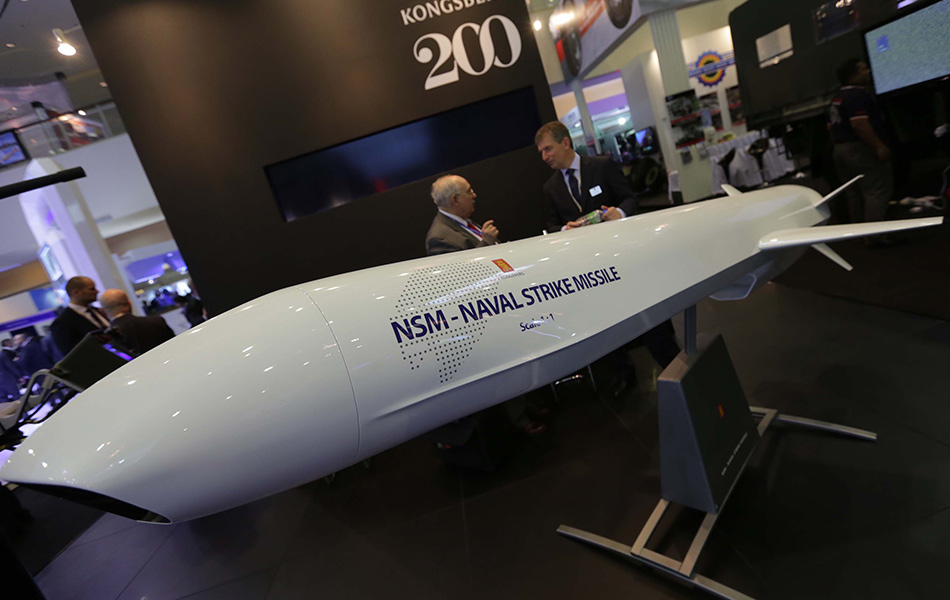
Anti-Ship Missiles
By Bilal Khan
Anti-ship missiles (AShM) are a vital staple in the naval munitions inventory of modern militaries. As the name would probably suggest, AShMs are designed to target and sink enemy naval vessels.
The concept of a guided anti-ship munition (and guided munition technology in general) was originally introduced by Germany during the Second World War. The Henschel Hs-293 (like the Fritz X) was guided manually by an operator through the use of radio and his visual cues (also called “Manual Command to Line of Sight or MCLOS).[1]
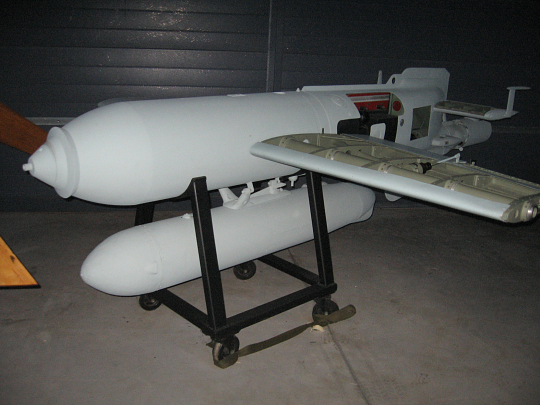
The first known operational use of the Hs-293 in combat occurred in 25 August 1943 when German Dornier Do-217 bombers engaged British submarines off the Bay of Biscay by Spain and France.[2] The first successful kills however occurred two days later when a flight of Do-217s sunk the Royal Navy corvette HMS Egret.[3] The Do-217 and Hs 293 was an effective combination, allowing Germany to sink some 400,000 tonnes worth of shipping throughout the war.[4]
Although the Germans introduced the concept of using guided munitions in anti-ship warfare, the modern application of the anti-ship missile did not occur until the Cold War. Perhaps the most well-known and practically significant shift came with the Soviet SS-N-2 Styx.[5] With a maximum range of 80km (compared to the Hs-293’s <10km) and an inertial navigation system[6] (INS – see here to get a basic understanding of it), enabling the Styx to move to its target independently without MCLOS control, the introduction of the SS-N-2 was a significant event in anti-ship warfare.
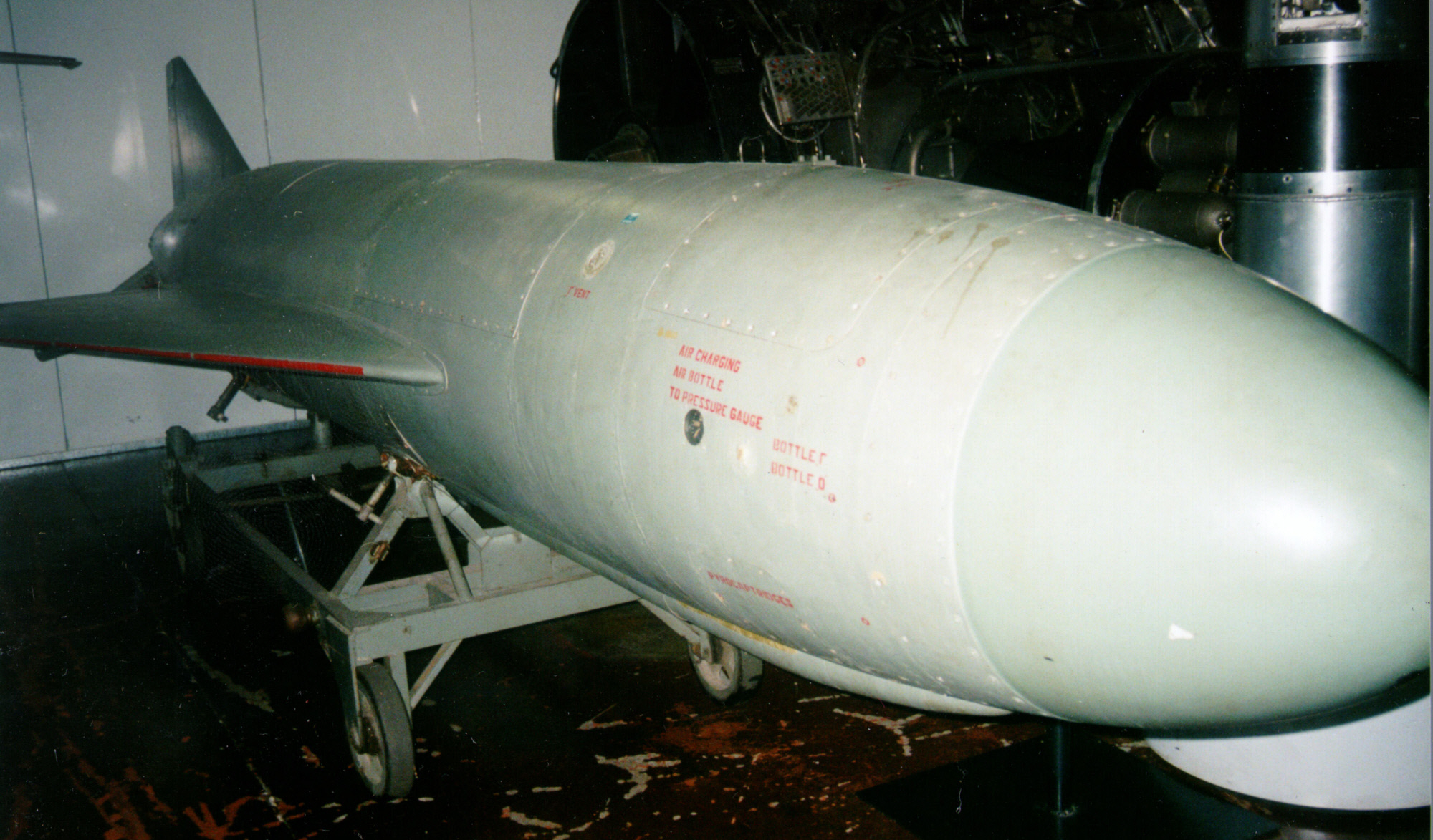
The first operational use of the SS-N-2 Styx (and modern AShM) occurred in October 1967 when Egyptian Komar-class (also known as Project 183R-class) missile boats sunk the Israeli Navy destroyer Eliat.[7] But the results of the 1971 Indo-Pak War were more startling. Indian Navy Osa-class missile boats were able to sink or permanently damage two destroyers, among many other ships as well as vital facilities on land.[8]
That said however, the rise of modern AShM also wrought in the rapid development of electronic and other countermeasures designed to misdirect AShMs and help render them useless. The Battle of Latakia during the 1973 Yom Kippur War demonstrated how devastating a strong electronics suite could be against the effectiveness of the Styx, enabling the Israelis with the use of their own Gabriel AShM to sink five Syrian missile boats without loss.[9] The Gabriel marked another milestone in the development of AShM technology by being the first operational sea-skimming missile, a design that enables the missile to fly as low as possible in order to avoid enemy radar or infrared (i.e. heat) detection. Of course, with that advent came the development of point-defence systems such as the Phalanx, among many others.
Most of today’s AShMs are radar-guided, meaning they are able to home-in on a target based on the signature it emits against the missile’s own transmitter. However, they do not exclusively depend on radar-guidance. The AShMs of today carry the technological advances of their predecessors, in fact, they have improved upon them, such as with INS being aided by modern satellite-guidance, as is the case with the modern American Harpoon Block-2.[10] It is also important to note that AShMs are not limited to just targeting ships, they can be used as land-attack cruise missiles (LACM) as well, enabling ships (as well as submarines and aircraft) to hit fixed targets.
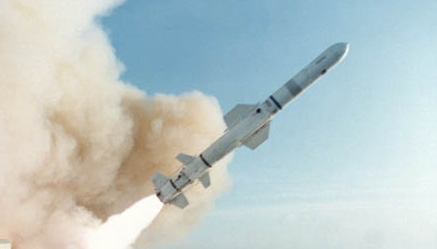
There are many different AShMs in service in the world today. Perhaps the most prominent or common would be the American Harpoon and French Exocet, which are in service with over 20 countries each. Fairly common systems include the Chinese C-802, Swedish RBS-15 and Russian SS-N-25. Besides the major vendors, a number of countries are also budding to develop their own homegrown solutions. Among them are Turkey with the SOM and Atmaca, India with the Brahmos, and Iran with the Noor and Qader. Others, such as Israel and Norway, continue to develop indigenous solutions to meet their unique needs, such as the Gabriel IV/V and Naval Strike Missile, respectively.
We are also observing a trend in the industry towards multi-purpose air-to-surface cruise missiles that include anti-ship functionality. Advances in electronics, airframe design, material technology and propulsion technology have propelled programs such as the Norwegian Naval Strike Missile (NSM), American Joint-Air-to-Surface Standoff Missile (JASSM) and Turkish Stand-Off Missile (SOM) to fruition. In other words, “anti-ship” is steadily becoming a feature (like ‘laser-guidance’) more so than a role in as far as modern and future stand-off munitions (e.g. cruise missiles) are concerned.
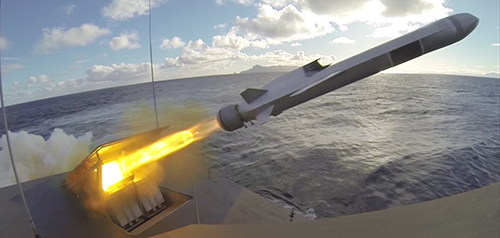
It should also be noted that AShMs are not necessarily at their most effective without the support of an entire system on the part of the user. A well-equipped enemy force would have the means to intercept disparate anti-ship missile strikes through the use of jamming as well as close-in weapon systems (CIWS) and point-defence missile systems (PDMS). In a sense, AShMs are necessary munitions in modern state-to-state engagements, but they are not a panacea capable of single-handedly winning a battle (not anymore anyways). However, their absence in any country’s inventory would leave a complete and glaring gap in its ability to attack enemy ships.
[1] Dr. Carlo Kopp. “The Dawn of the Smart bomb.” Air Power Australia. 26 March 2011: http://www.ausairpower. net/WW2-PGMs.html
[2] Ibid.
[3] Ibid.
[4] Ibid.
[5] Dr. Carlo Kopp. “Soviet/Russian Cruise Missiles.” Air Power Australia. April 2012: http://www.ausairpower.net /APA-Rus-Cruise-Missiles.html#mozTocId937963
[6] Ibid.
[7] Ibid.
[8] John C. Schulte. “An Analysis of the Historical Effectiveness of Anti-Ship Cruise Missiles in Littoral Warfare.” September 1994: 4-5.
[9] Ibid. p6.
[10] Harpoon Block-II Anti-Ship Missile. Naval-Technology.com: http://www.naval-technology.com/projects /harpoon-block-ii-anti-ship-missile/


